When a groundbreaking invention hits the market, it often feels like it’s here to stay, destined to reshape our lives forever. Yet, history is full of once-revolutionary products that have faded into obscurity. Let’s explore ten massively successful inventions that couldn’t stand the test of time.
TiVo

Before TiVo, recording live television was a challenge. TiVo revolutionized TV watching with its digital video recorder (DVR) technology. It allowed users to record multiple channels and skip commercials.
The term “TiVo’d” became common, but as digital technology advanced, DVRs became less essential. TiVo adapted but lost market share. In 2016, Rovi acquired TiVo and renamed itself TiVo Corporation, which then merged with Xperi Corporation in 2020. The original TiVo DVR is now a relic of the past.
Google Glass
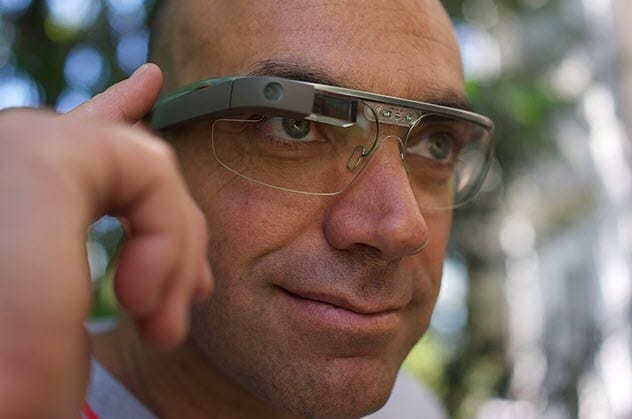
Google Glass debuted in 2012 with much fanfare. Its flashy product demo showcased skydivers streaming live footage. Marketed for its novelty and exclusivity, “Glass Explorers” eagerly demoed the prototype.
Equipped with a 5-megapixel camera, Google Glass raised privacy concerns. Its $1,500 price tag further dampened enthusiasm. By 2015, it was effectively dead as a consumer device due to privacy issues and high cost.
Myspace
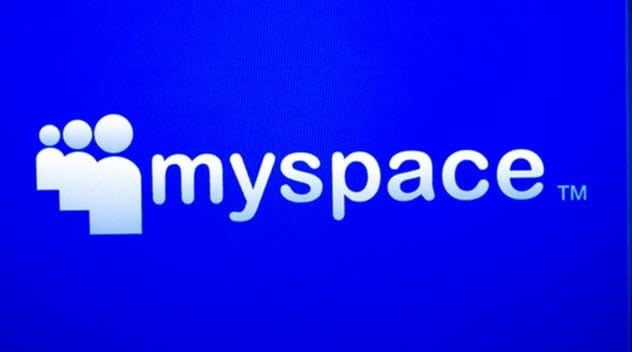
Once, nearly everyone had a Myspace page. From 2005 to 2009, it was the largest social media platform, boasting over 100 million monthly users. News Corporation bought it for $580 million in 2005.
In 2008, Myspace generated $800 million in revenue, valued at $12 billion. However, its user base declined sharply after 2009. Facebook surpassed Myspace, which was then sold to Specific Media Group and Justin Timberlake for $35 million in 2011. Myspace still exists but generates far less revenue today.
Pebble
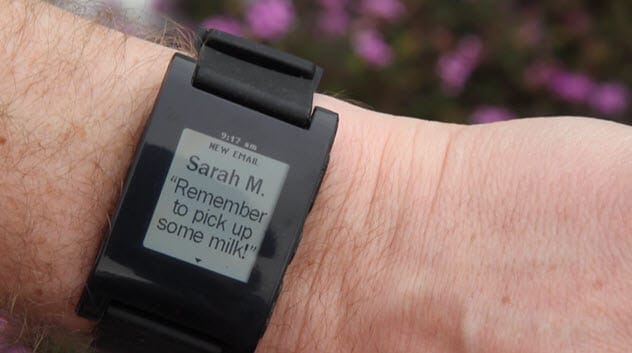
In 2012, Pebble became Kickstarter’s most funded product, raising $10 million. As smartwatches emerged, Pebble cultivated a massive following, launching more watches and raising $20.3 million in another Kickstarter campaign in 2015.
By 2016, financial issues led to its demise. Fitbit acquired its intellectual property. Pebble failed due to lack of capital and competition from Apple. However, former employees and fans created Rebble, aiming to develop a RebbleOS for future watch hardware.
Nintendo Virtual Boy

Nintendo has a history of innovation in gaming. However, the Virtual Boy, released in 1995, was a significant misstep. Marketed as virtual reality, it utilized stereoscopic 3D glasses to display 32-bit red graphics.
Players leaned into the head-mounted system, often experiencing headaches. Released in an incomplete state to focus on the Nintendo 64, only 22 games were made. The Virtual Boy was canceled within a year, marking a low point for Nintendo.
Napster

Napster, founded in 1999, became the primary source for peer-to-peer file sharing. It had around 80 million registered users at its peak. Metallica’s lawsuit over copyright infringement led to legal battles and eventual shutdown in 2002.
Napster returned after paying fines and was acquired by Bertelsmann. Later, Best Buy acquired it before it was sold to MelodyVR. Napster now focuses on providing music streaming services through business partners, a shadow of its former self.
MapQuest

Before GPS, MapQuest offered free online mapping services starting in 1996. Users could print maps with step-by-step directions. AOL acquired MapQuest in 2000 for $1.1 billion.
By 2008, Google Maps took over the market, eclipsing MapQuest. While MapQuest adapted to GPS and remains profitable, it never regained its early dominance.
PalmPilot
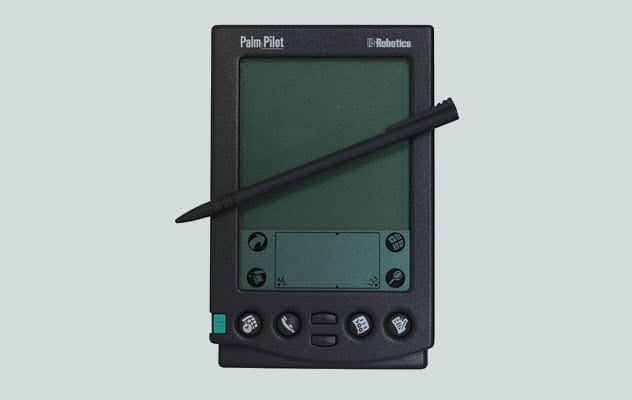
The PalmPilot, released in 1996, was a revolutionary personal digital assistant (PDA). It allowed users to organize schedules, send emails, and take notes, becoming highly valued in business.
As smartphones advanced, Palm technology became obsolete. HP acquired Palm in 2010 but discontinued it by 2011. The Palm trademark was sold to TCL, but attempts to revive the brand have had little impact.
Betamax
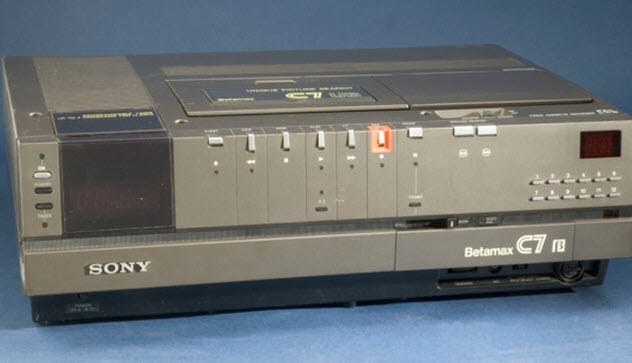
Introduced in 1975, Betamax allowed consumers to record and watch programs, revolutionizing TV consumption. JVC’s VHS format followed, leading to the “videotape format war.”
Betamax offered superior recording quality, but VHS was more affordable. Despite its technical advantages, Betamax lost the format war due to cost. It’s now a long-defunct technology, largely unknown to younger generations.
Segway

In 2001, Dean Kamen introduced the Segway, a self-balancing personal transporter. The Segway became a pop culture icon but remained expensive, costing around $5,000 or more.
Instead of becoming a mainstream mode of transport, Segways were adopted by security personnel and used in city tours. Discontinued in 2020, it never became the ubiquitous personal device once envisioned.
Reflecting on Innovation
These inventions remind us that even revolutionary ideas can fade. Technology evolves, markets shift, and consumer preferences change. What was once groundbreaking can become obsolete, underscoring the relentless march of progress.
Which of these inventions do you remember fondly? Share your thoughts in the comments below!










